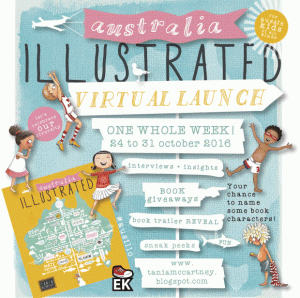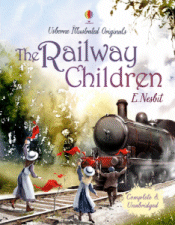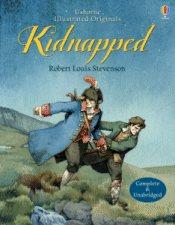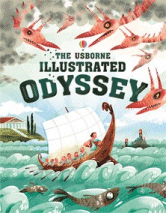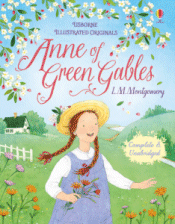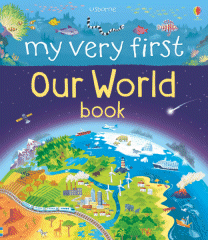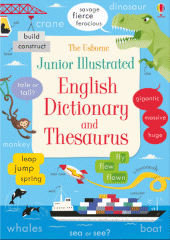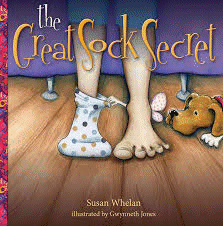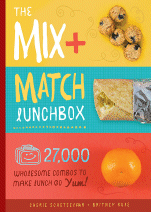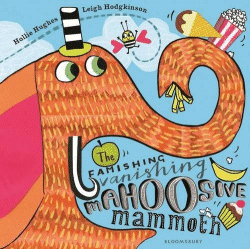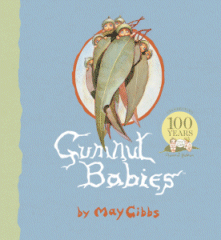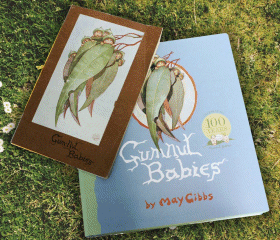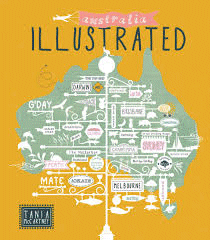
Australia: Illustrated
Australia: Illustrated
Tania McCartney
EK Books, 2016
96pp., hbk., RRP $A29.99
9781925335217
Perhaps this is the time and place to have a disclaimer that I am an unabashed Tania McCartney fan. Not just for her wonderful way with words and her exquisite illustrations but because no matter how often the topic of a text has been presented before, she always finds a way to present it in a unique way that totally engages her audience and makes them want to keep turning the pages.
A prime example is This is Captain Cook in which the story of the explorer is presented in a way like no other that not only entertains but educates and is likely to have teachers and students begging to do a similar production. Australian Kids Through the Years looks at Australian history through the perspective of children’s lives of the times and An Aussie Year is the perfect accompaniment to Harmony Day and all those other times we celebrate the diversity of the children in our care and in our classes.
So it is no wonder I was excited to receive her latest book Australia: Illustrated.
Again, there have been many books that try to explore and explain what it is that makes this country unique; what it is that encapsulates the Australian identity; and what it is that deserves our attention and pride. So why another one? What is its point of difference that will make it stand out and demand to be on shelves in libraries, classes and homes?
“Big, beautiful, and diverse” are the words McCartney uses to describe Australia, and they are the very words that could describe this book. It is big and it is fat (criteria important to some of our junior readers); it is beautiful with colour, iconic illustrations and few words; and it’s diverse with its focus on a range of topics that don’t usually feature in these sorts of texts. Each page is a vibrant explosion of colour and movement that celebrate our places and people in quirky ways like the Sydney Opera House portrayed as being made of chook feathers and little people running around trying to catch the chooks to get their feathers!
Beginning with an overview of the country as a whole, focusing on everything from our native and endangered animals to bush tucker, iconic foods, sports, weather and precious rocks, even our particular brand of English, it then moves on to examine each state and territory and their unique entities and emblems. And yes, both Tasmania and the ACT feature as prominently as the bigger states. But this is not a whole lot of facts and figures accompanying the sorts of staid photos seen on calendars for tourists… each page is just bursting with cartoon-like illustrations and few-word captions. It is peopled with children – many modelled on those whom McCartney knows and who unwrap the miscellany of heritage that makes us so every child will find themselves somewhere -and so it is not too serious her love of words and zany humour is everywhere. Just check out the page featuring the Snowy Mountains in NSW!
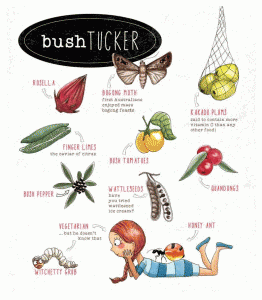
Readers will adore looking at places they have been to or things they are familiar with – listen for the chorus of “I’ve been there”” when they see the BIG page – as well finding places and things they want to do or try. Astute teachers might ask why a particular person or item has been included as well as seeking suggestions for things the students would include if they were to design a page or add to an existing one. (They would have to research their suggestion so they could defend its inclusion.)
This is a superb book for examining the Australian identity and answering “What makes me Australian?” It works for all ages because of its format, including those who are learning English for the first time. it would have suited this year’s CBCA Book Week theme Australia: Story Country perfectly as every illustration has a story behind it just waiting for the children to discover it. Younger students can just look at the pictures and use those to work out the words while older students may well be attracted to a particular illustration and want to find out more.
For those of you in and around Canberra there is a launch of the book at Harry Hartog’s in Woden on Saturday the 5th of November at 11am but for those who can’t get to that, there is a virtual launch with all sorts of activities from 24th to 31st of October
Definitely one for the collection and one to promote to your teaching colleagues.
